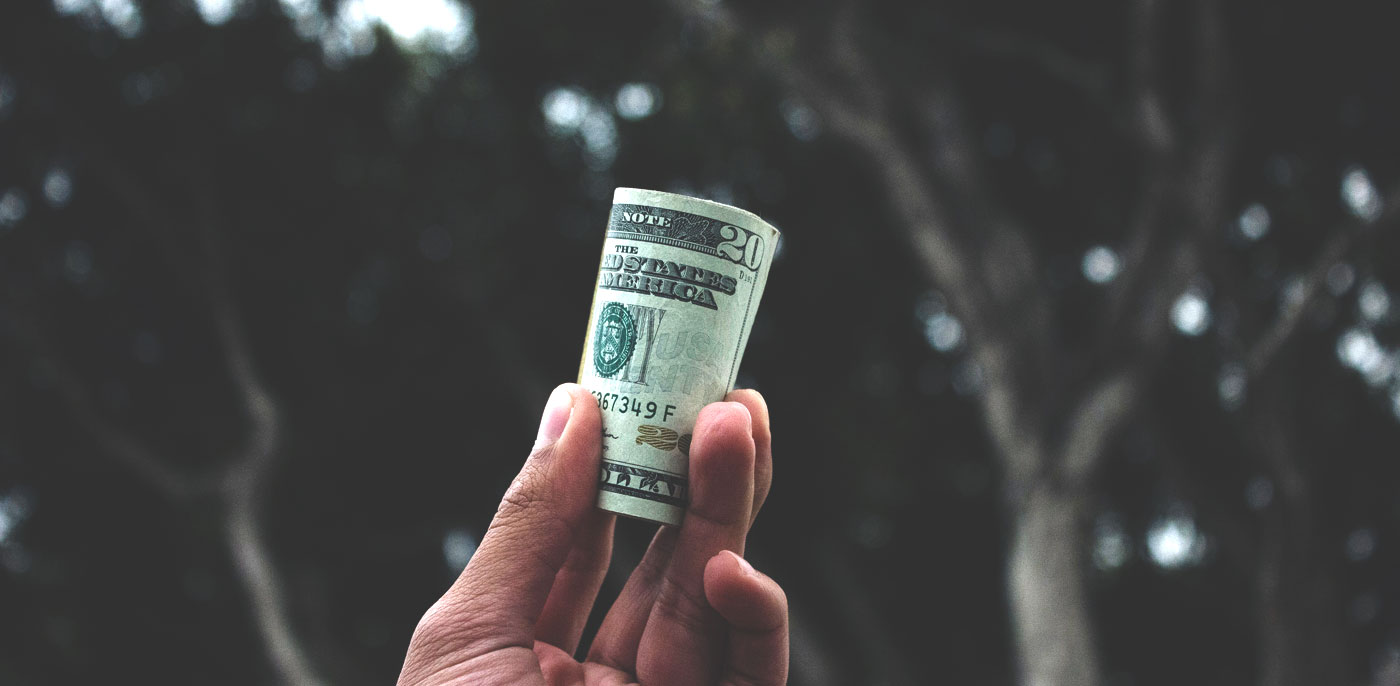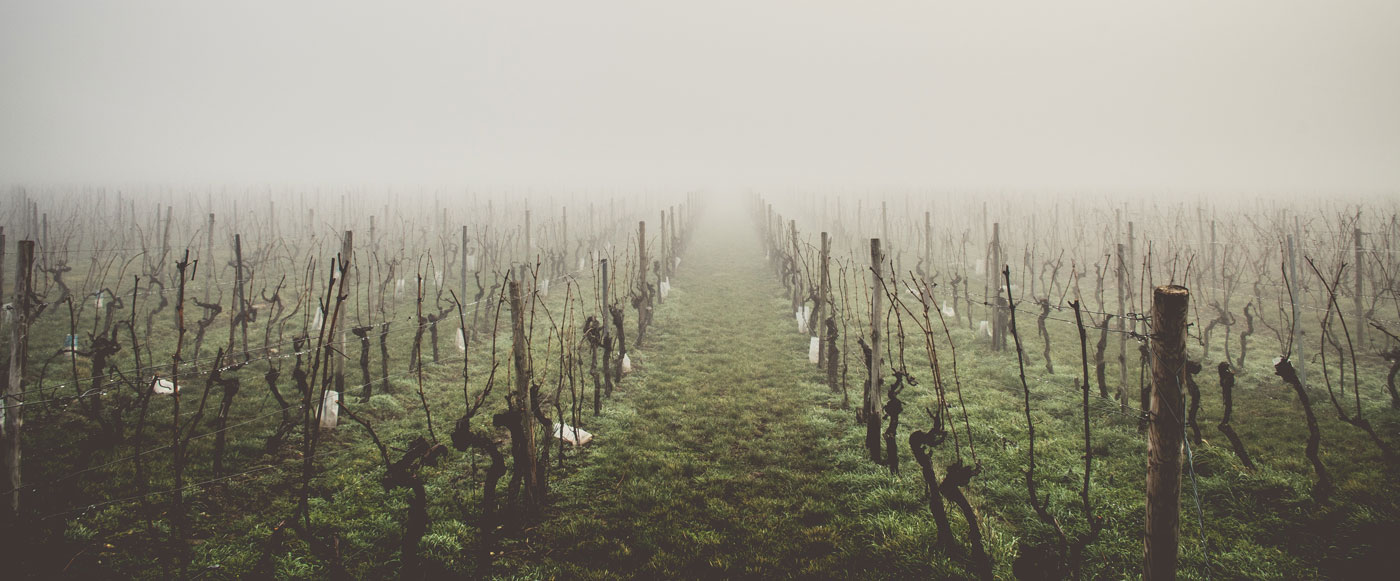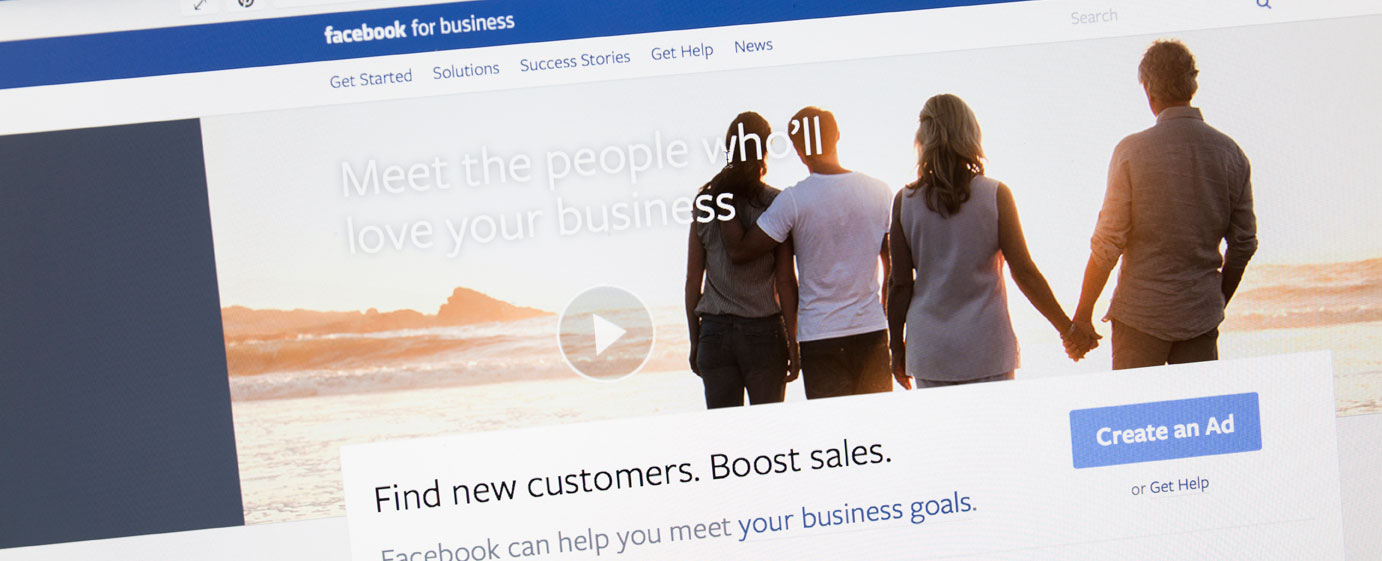This Is Why Wineries Need To Stop Boosting Posts On Facebook
When Facebook came out with its advertising platform, things were much different than they are today, and many confusing changes have occurred since. Boosting posts on Facebook is one such change.
To tell you the truth, Facebook’s ad platform is still confusing for most small wineries to manage. To simplify things, Facebook rolled out their “Promote Post” option in 2012, which allowed you to pay to get your post seen more in the news feed. It was eventually renamed to “Boost Post.”
Given how easy it is to do, there’s a strong chance you’ve boosted a Facebook post for your winery’s page. In fact, many businesses started boosting their posts on Facebook. It was easy. It made sense.
Only… it doesn’t really make sense. It never did. It could cost you a lot more than you expected, and you’re about to learn why.

What does boosting a post actually do?
Boosting posts on Facebook was an important change because Facebook was working on making it harder for businesses to have their posts seen. They used sophisticated algorithms to make it less likely that your winery’s posts end up in your fans’ news feeds.
In comes “Boost Post” to the rescue! Boosting your post increases its reach, making it more likely to be seen.
Essentially, you’re paying to get your post seen. You’re advertising your post with the click of a button.
To get technical, when you boost a post, Facebook creates a new ad campaign with a “Post Engagement” objective. That means Facebook will optimize the post for getting more engagement (shares, likes, and comments).
What does optimize mean in this context? It means that Facebook looks at people who have performed a given action (such as liking the post, clicking a link, etc) and shows the post to similar people who are also likely to perform the action.
When you think about it, it’s kind of shady that they’d diminish the visibility of your winery’s posts and then offer you a paid solution to get them seen again. But that’s a topic for another day.
While boosting posts on Facebook is an easy way to turn a post into an ad, it’s definitely not the smartest way. Let’s explore a few reasons why.

Why Wineries Should Not Boost Posts On Facebook
#1: Restricted Audience Management
Normally when you run an ad, you’re able select the perfect audience for it with advanced targeting options.
When you choose to boost a post on Facebook, however, your targeting options are limited.
What is targeting? Targeting is what allows you to show your posts and ads to specific groups of people. For example, you could choose to run a video ad that only shows to people who have shown interest in Winemaking, and exclude people who already like your page. Pretty useful if you’re hosting a winemaking workshop and want to reach new audiences!
When you boost a post on Facebook, you have to choose one of three options: People who like your Page, People who like your Page and their friends, and People you choose through targeting.
That last option sounds like it offers you the same thing mentioned above with the winemaking interest, but it’s not quite the same. With that option, you can do combinations of interests and behaviors, such as people who like Pinot Noir AND Wine Clubs, but you can’t do things like exclude people who like your page, include/exclude people who responded to your event, and so on.
Oh, and split testing audiences? Forget about it!
The dumbed-down targeting options you get from boostings posts on Facebook are simply not robust enough, and will drain your advertising budget.
#2: No Instagram; Shoddy Placement Optimization
Are you promoting a wine tasting event with a link to buy tickets? Maybe a giveaway contest? Would you maybe like to show it to people on Instagram as well? If you’re boosting your post, you can’t.
See, when you boost a post, Facebook doesn’t allow you to choose where your ads are displayed.
That doesn’t just mean you can’t put it on Instagram – it also means you can’t choose whether or not it shows up on desktop or mobile. If your winery’s website has a dramatically higher conversion rate on mobile, but Facebook finds that it’s cheaper to show your post more on desktop, then you’ve got a problem.
The thing is, Facebook thinks it knows how best to optimize everything for your boosted post already. Nine times out of ten, that just isn’t the case. And it definitely is not the case when it comes to where your ad is shown.
#3: Poor Optimization, Poor ROI
We’ve already established that boosting a post on Facebook basically turns the post into an ad, as far as their system is concerned.
When you pay for an advertisement, you’d want there to be some return on your investment in the cost of the ad, right?
With a boosted post, Facebook doesn’t much care about showing you an ROI. That’s because it will always optimize your post to get shares, likes, and comments. Post engagement.
But it doesn’t optimize for what’s really important: Conversions. Sales. Results. Likes and comments don’t pay the bills.
This is especially problematic if we’re talking about boosting a post with a link in it. For a post with a link that you want people to click through, you want Facebook to optimize it for link clicks, not for post engagement.
Likes and comments might make you feel good, but conversions feel even better.

What Wineries SHOULD Be Doing
By now it should be clear: boosting posts on Facebook is the wrong way to go about promoting your content.
Instead, you should be using the Facebook Ads Manager. To access it, first head to Facebook’s Business Manager and be sure you’ve created an account for your winery. This is different than creating a Facebook page for your winery!
Once that’s done, you’ll then need to create an Ad Account for your winery.
Alright, so it’s kind of annoying to have to set those things up in the first place, but your wallet will thank you when you’re able to direct those ad dollars to campaigns with proper objectives and ads that are shown to the right people.
After you’ve created those two things, you can now access Facebook’s Power Editor, which is where you make the magic happen.
Now that you’ve made your way to the Power Editor, you’re on track to start promoting your winery’s Facebook content like a pro.
Looking For Expert Help?
If this Facebook Ads stuff is all over your head, don’t worry. We’ll help you run targeted ad campaigns to the right audiences, keeping your ad cost low and your conversions high. Drop us a line using the form below and we’ll be in touch, even if you just have a small question.
